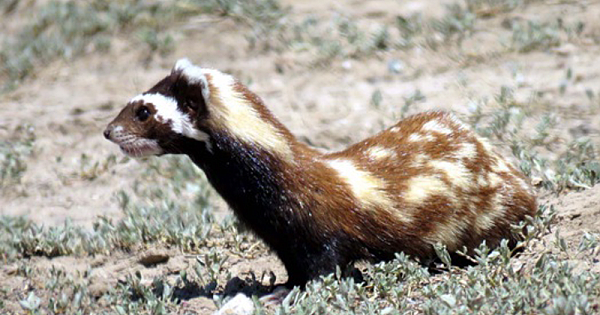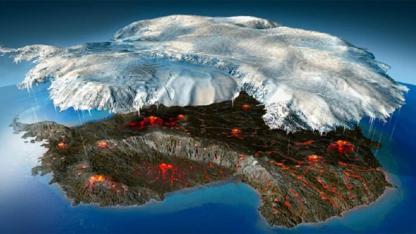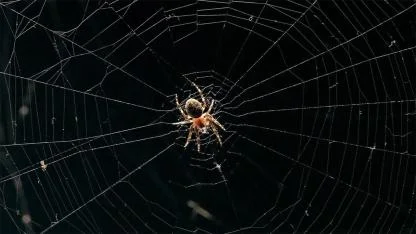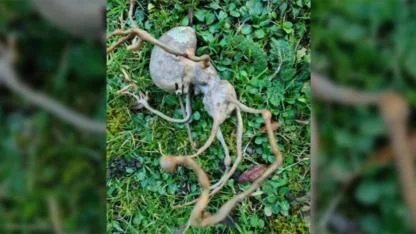Marbled polecat are almost extinct.But 3 of them were viewed.See where they live
These small mammals live in steppe and desert habitats in Europe, Asia and the Middle East but many of these areas are steadily being converted to farmland.Along with loss of habitat, the overuse of rodenticide has been killing not only these animals but also their prey.
Yayınlanma :
08.07.2019 01:19
Güncelleme
: 08.07.2019 01:19










